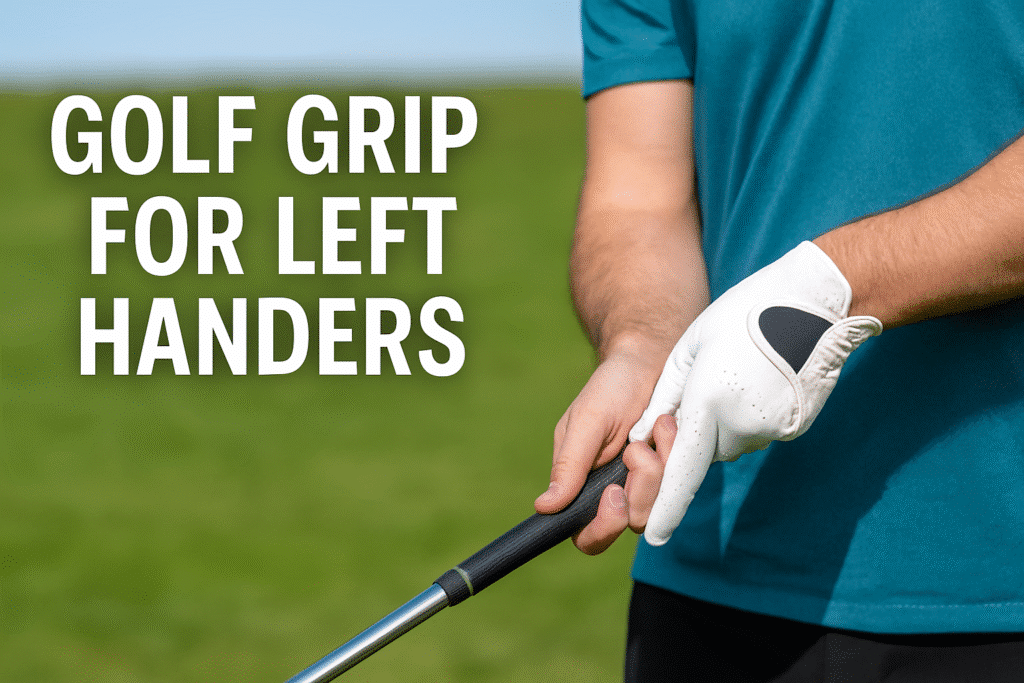The Relationship Between Golf Courses and Local Ecosystems
Discover how golf courses and local ecosystems affect one another. Learn 10 key relationships – from wildlife habitats and water use to sustainability – explained in simple terms. Golf Courses and Local Ecosystems – 10 Ways, They Impact Each Other When you picture a golf course, you might imagine neatly cut grass, sand bunkers, and ponds. But did you know a golf course is also part of the local ecosystem? In fact, the relationship between golf courses and local ecosystems can be surprising. Golf courses aren’t just places to play – they can provide homes for wildlife, use lots of water, and even affect the soil and air around them. In this article, we’ll explore 10 key ways golf courses interact with nature. Each section is written in a friendly, easy tone so that even a 7th-grader can understand. Let’s tee off and learn how golf and nature are connected! 1. Golf Courses as Wildlife Habitat Golf courses often serve as green spaces where animals can live. Many courses have trees, bushes, and ponds that attract birds, insects, and small mammals. Fairways and rough areas can become home to creatures like birds, rabbits, or even deer. For example, some golf courses leave sections of land unmoved (not cut short) so wildflowers can grow, and bees and butterflies have food. In urban areas, a golf course might be one of the only big green habitats for wildlife. According to the USGA, golf courses provide important habitats for native wildlife and can even support threatened species. This means a well-managed course can act like a park or nature reserve for local animals. Deer grazing on a quiet golf course. Golf courses can provide a refuge for wildlife like deer, especially in early mornings or evenings when the course is calmer. Animals often find food, water, and shelter on golf course grounds, showing a positive side of the relationship between golf courses and local ecosystems. Tip: If you’re golfing and see wildlife, give them space. Enjoy watching them from a distance. This keeps both you and the animals safe. 2. Impact on Local Plant Life (Flora) The grass on a golf course isn’t always native to the area. Courses sometimes plant special turfgrass that needs regular care. On the plus side, all that grass and landscaping means a lot of plants doing good things: plants produce oxygen, provide shade, and prevent erosion (stopping soil from washing away). Trees on a course can create cooling shade and homes for birds. However, if a golf course replaces native plants with non-native grass, it might reduce biodiversity (variety of plants). Ideally, courses use a mix of native trees and plants in their landscaping, which keeps the ecosystem healthier. Some golf courses even keep wild areas or gardens with native flowers to support bees and other pollinators. Using native plants means less need for water and chemicals, because these plants are adapted to the local environment. In short, the plants on a golf course can either help or hurt the local ecosystem depending on how they’re chosen and managed. 3. Water Use: Thirsty Greens and Water Conservation Golf courses need water – a lot of it – to keep the grass green. How much water do golf courses use? In dry regions, you might see sprinklers running often. All U.S. golf courses combined use about 1.5 billion gallons of water per dayusga.org, which is roughly 0.5% of the country’s daily water useusga.org. That sounds huge, and in some areas it can strain (use up) local water supplies. Courses often draw water from wells, rivers, or recycled wastewater to irrigate (water) the turf. The good news is many golf courses are finding ways to save water, such as watering only at night to reduce evaporation and using smart computer systems to water only when needed. Drought-resistant grass varieties and rainwater storage ponds are other tools for water conservation. In fact, water use on U.S. courses dropped about 29% from 2005 to 2020 thanks to these effortsusga.org. The relationship with local water systems is delicate: too much water use can hurt rivers and lakes, but careful management can minimize the impact. A serene pond alongside a golf course at sunset. Water hazards and ponds on golf courses aren’t just for challenging play – they’re often part of the local watershed. These ponds can catch and filter rainwater runoff, helping to manage storm floods and provide habitat for fish, frogs, and birds. Some golf course ponds even become homes for ducks and turtles, blending the course into the local ecosystem. Tip: Golfers can help save water by not overwatering practice greens at home and supporting courses that use recycled or reclaimed water for irrigation. 4. Chemical Use: Fertilizers and Pesticides To keep golf courses looking perfect, groundskeepers use chemicals like fertilizers (to help grass grow) and pesticides (to kill weeds, insects, or fungi). While these chemicals make the course pretty and playable, they can pose risks to the local ecosystem. If it rains, excess fertilizer can wash off into nearby streams or ponds, causing algae blooms (too much algae growth) that harm fish and water quality. Pesticides can also runoff or seep into groundwater. Environmental groups warn that many golf courses store a “toxic assortment” of chemicals that can drift in the air, seep into ground water, and even hurt local wildlife. These chemicals might even affect people (like golfers or maintenance workers) if not handled carefully. On the bright side, many courses are adopting safer practices. Some are switching to organic fertilizers or Integrated Pest Management (IPM), which means using natural methods first and chemicals only as a last resort. Courses are also very regulated – in the U.S., many pesticides can only be applied by trained, licensed staffusga.org. Plus, modern golf turf is often designed to absorb chemicals better. Research has shown that healthy turfgrass with deep roots can trap and break down chemicals, limiting how much ends up escaping into the environmentusga.org. The key is balance:
The Relationship Between Golf Courses and Local Ecosystems Read More »











